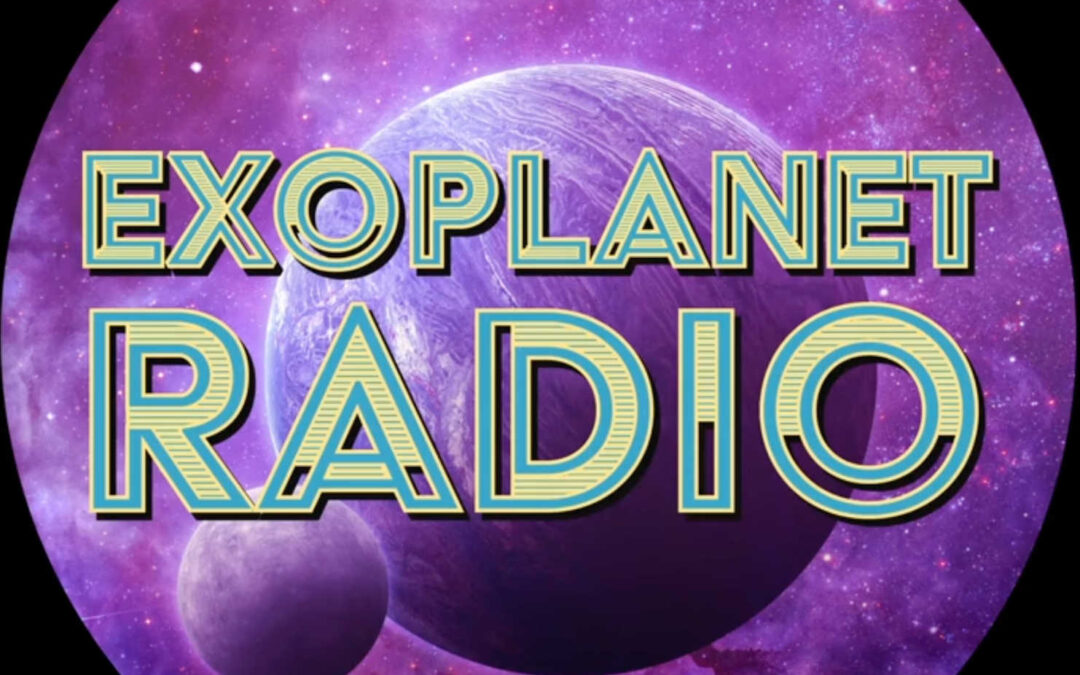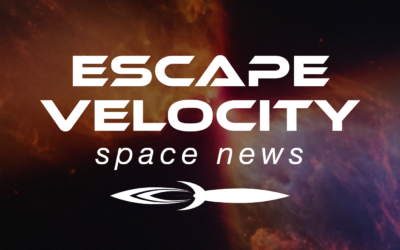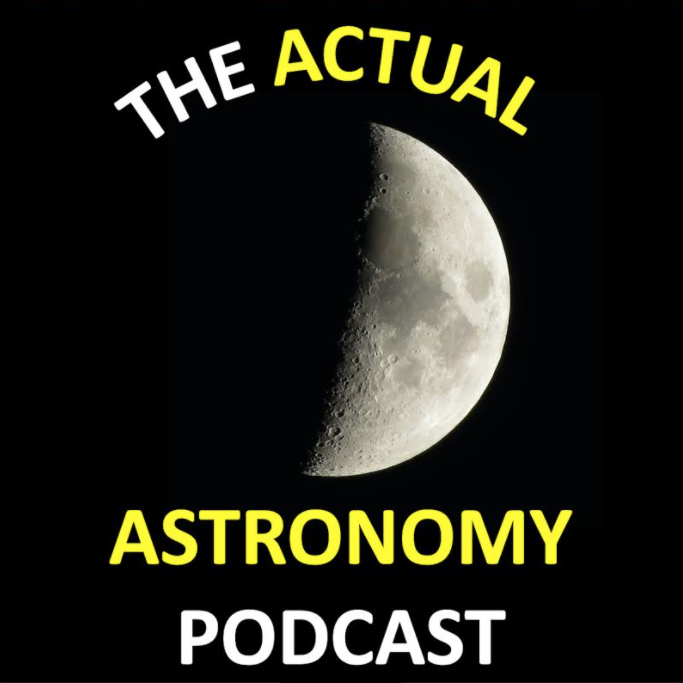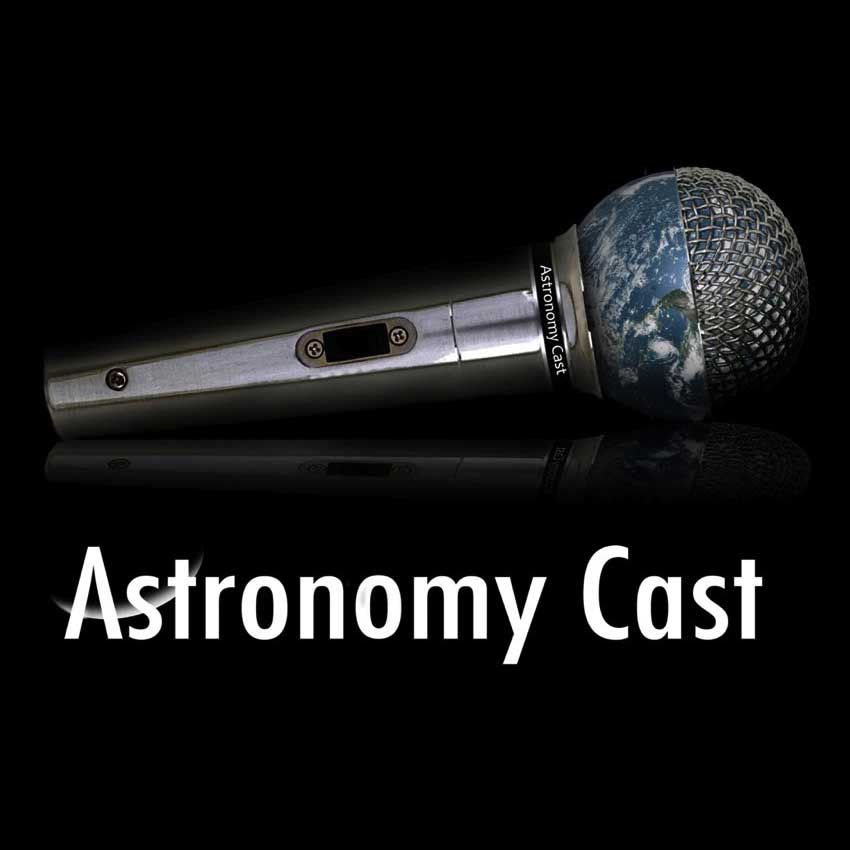Today’s Episode

Apr 1st: TRAPPIST-1e: The Most Habitable Exoplanet
TRAPPIST-1e is a rocky, close-to-Earth-sized exoplanet orbiting within the habitable zone around the ultra-cool dwarf star.
Subscribe & Follow
Project Director: Avivah Yamani
Audio Engineer: Richard Drumm
Executive Producer: Pamela L. Gay
Learn more about us on our
Credits and Sponsors page.
We are a community podcast,
bringing you the voices of astronomy & astronomy lovers,
everyday of the year.
More Recent Episodes
Aug 19th: Can We See the Pillars of Creation With Amateur Astronomy Telescopes?
Here is the Eagle nebula taken using off-the-shelf equipment available to the amateur astronomer. So what instrument can we use see the Pillars of Creation with amateur astronomy telescopes?
Aug 18th: Mass Extinction, Volcanoes, and Rings Around an Asteroid
Today ESVN discuss about mass extinction, volcanoes, star formation, galaxy dissolution, and space mission synchronized observing. Also a closer look at dark energy and dark matter and giant galaxies in the early universe.
Aug 17th: Stars You Should Know For Summer
Today’s @ActualAstronomy will present the key stars of the Summer sky. From the stars of the Summer Triangle, a couple fast moving stars and the prominent stellar markers for Scorpius, Ophiuchus and Sagittarius.
Aug 16th: A Tale of Two Telescopes
Join @AwesomeAstroPod today for the Tale of Two Telescopes, exploring NASA’s new flagship James Webb Space Telescope, and ESA’s pioneering Euclid, set to uncover the Dark Universe. Enjoy!
Aug 15th: What are the Weirdest Names in Astronomy?
What are some wild stories behind names in astronomy and physics? How did we get the jargon words that we did? What are some of the funniest names?
Aug 14th: Dangerous Solar Flares, Higgs Boson Insights, and Light Speed Flashlights
Can our Sun generate a solar flare that would wipe out life on Earth? Has the Large Hadron Collider answered any questions about the Higgs boson? And what would happen if you shined your flashlight out the front window of a spaceship going almost the speed of light?







